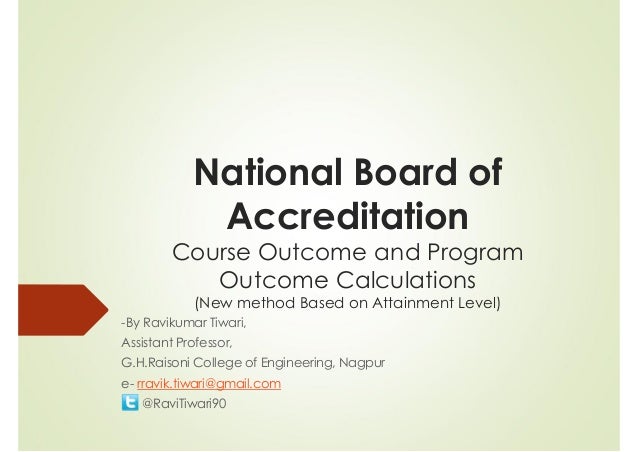LaTeX is under the terms ofthe. LaTeX is distributed through or comes as part of many easily installable andusable or thirdparties. If you run into trouble, visitthe.LaTeX is not a stand-alone typesetting program in itself, butdocument preparation software that runs on topof 's. TeX distributions usually bundle togetherall the parts needed for a working TeX system and they generallyadd to this both configuration and maintenance utilities. NowadaysLaTeX, and many of the packages built on it, form an importantcomponent of any major TeX distribution.The LaTeX team cannot guarantee that TeX distributions, evenrecent ones, contain the most recent version of LaTeX.


It mayhappen that you need a more recent LaTeX than the one that yourfavourite TeX distribution carries, e.g., in order to get aparticular bug fix. In that case you will need to fetch LaTeX fromCTAN and install it on top of your distribution. See below fordetails.TeX DistributionsIf you’re new to TeX and LaTeX or just want an easy installation, geta full TeX distribution. The TeX Users Group (TUG) has athat are entirely, or least primarily, free software. OnlineLaTeX online serviceslike,and offer theability to edit, view and download LaTeX files and resultingPDFs.CTANYou can, which is theprimary source of distribution for LaTeX. In order for your downloadedLaTeX to be of any use, you have to obtain and set up a TeX systemfirst.
Download Software Accreditation For Mathematics Programs Free
You can either install a TeX distribution (see above). Ifyou use a TeX distribution then it will include a version of LaTeX sothis will probably make things easier for you; but you may have areason not to do this.The LaTeX Git RepositoryThese days the LaTeX development sources are kept in a GitHubrepository (previously we used SVN).Anyone can access it and download the files, butsubmission is restricted to team members.
The repository is located atand from that browser page you may explore the files, clone therepository or download the files in a.zip archive (roughly 25Mb) byusing the appropriate buttons.If you are familiar with Git you can also clone the repository using thecommand line or your favorite Git fontend tool, e.g. Svn co download all files including theirhistory (back to 2009) and amounts to roughly 1.4Gb so that is quite large.Note: If you had bookmarked the old SVN repository please update thatbookmark to the new GIT repository as we have finally removed it. A note on Git pull requestsGit repositories support distributed development and allow people toprovide change sets that are made available through so called pullrequests, so that the maintainers of a program can “pull the suggestedchanges” into the main repository.While we appreciate contributions, we think that for the core LaTeXsoftware pull requests are usually not a good approach (unless thechange has be already discussed and agreed upon).The stability of LaTeX is very important and this means that changes tothe kernel are necessarily very conservative. It also means that a lotof discussion has to happen before any changes are made. So if you dodecide to post a pull request, please bear this in mind: we doappreciate ideas, but cannot always integrate them into the kernel andit is quite likely that we reject updates made in this way.If you want to discuss a possible contribution before (or instead of)making a pull request, we suggest you raise the topic first onor drop aline to the.Historic LaTeXUlrik Vieth has collected historic versions of LaTeX from LaTeX 2.0for TeX 1.0 (released on 11 December 1983) onwards. You can find themat.There might even be some earlier versions.
All files have been pulledfrom the SAILDART archive site at (no longeronline) which was based on archive tapes from SAIL at Stanford.More historic material can be found at (you may not be able to open this in all browsers — alternatively try ).
News & AnnouncementsNVLAP transition to ISO/IEC The International Laboratory Accreditation Cooperation (ILAC) has established a 3-year transition period for demonstration of conformity to the new version of the standard. As a result, NVLAP has developed a transition plan to ensure all NVLAP-accredited laboratories will meet the requirements of the 2017 version of the ISO/IEC 17025 standard within the required time frame.At this time, all initial applications for accreditation and all renewal applications requiring an onsite assessment will be assessed against the requirements of ISO/IEC.